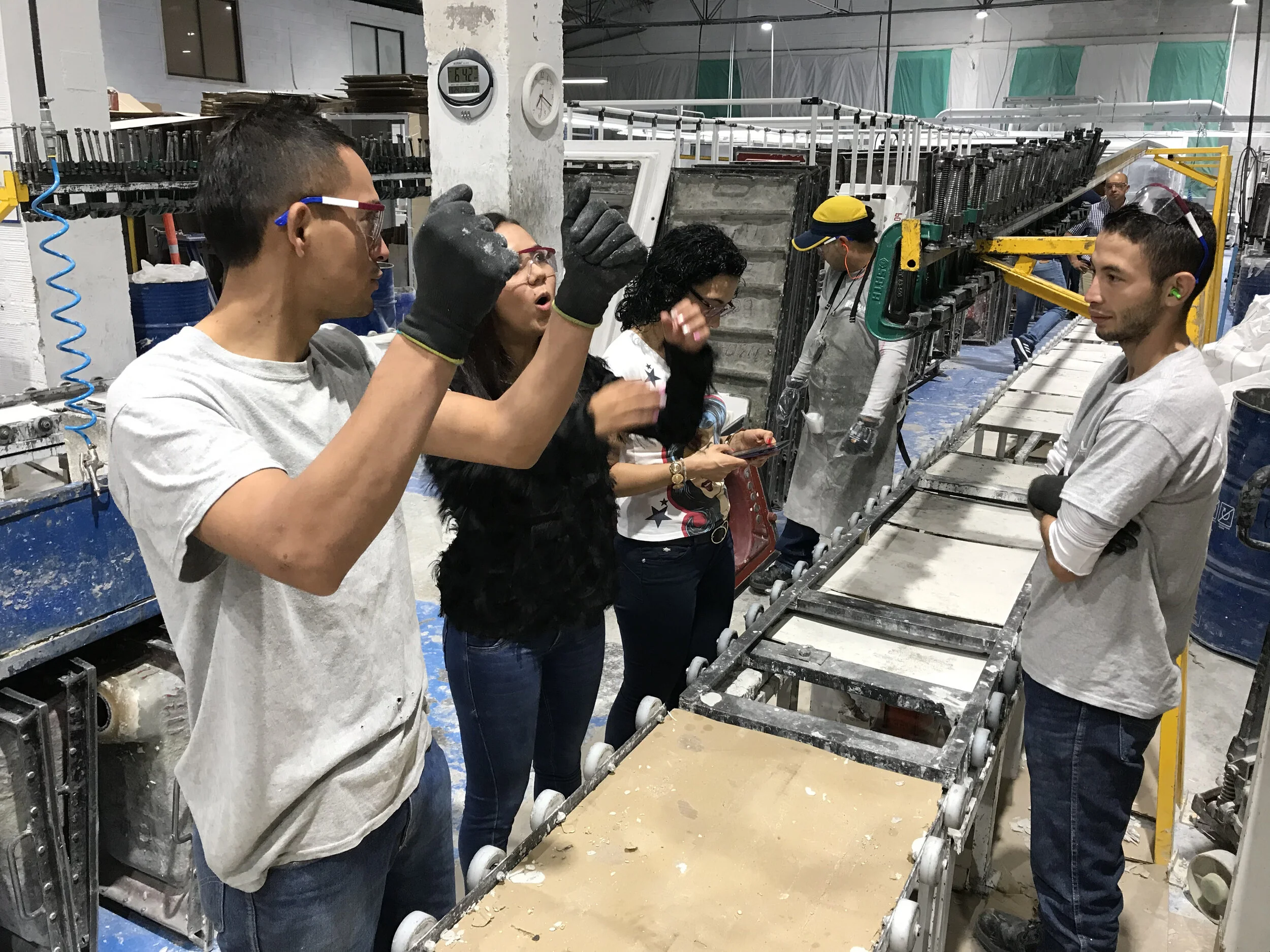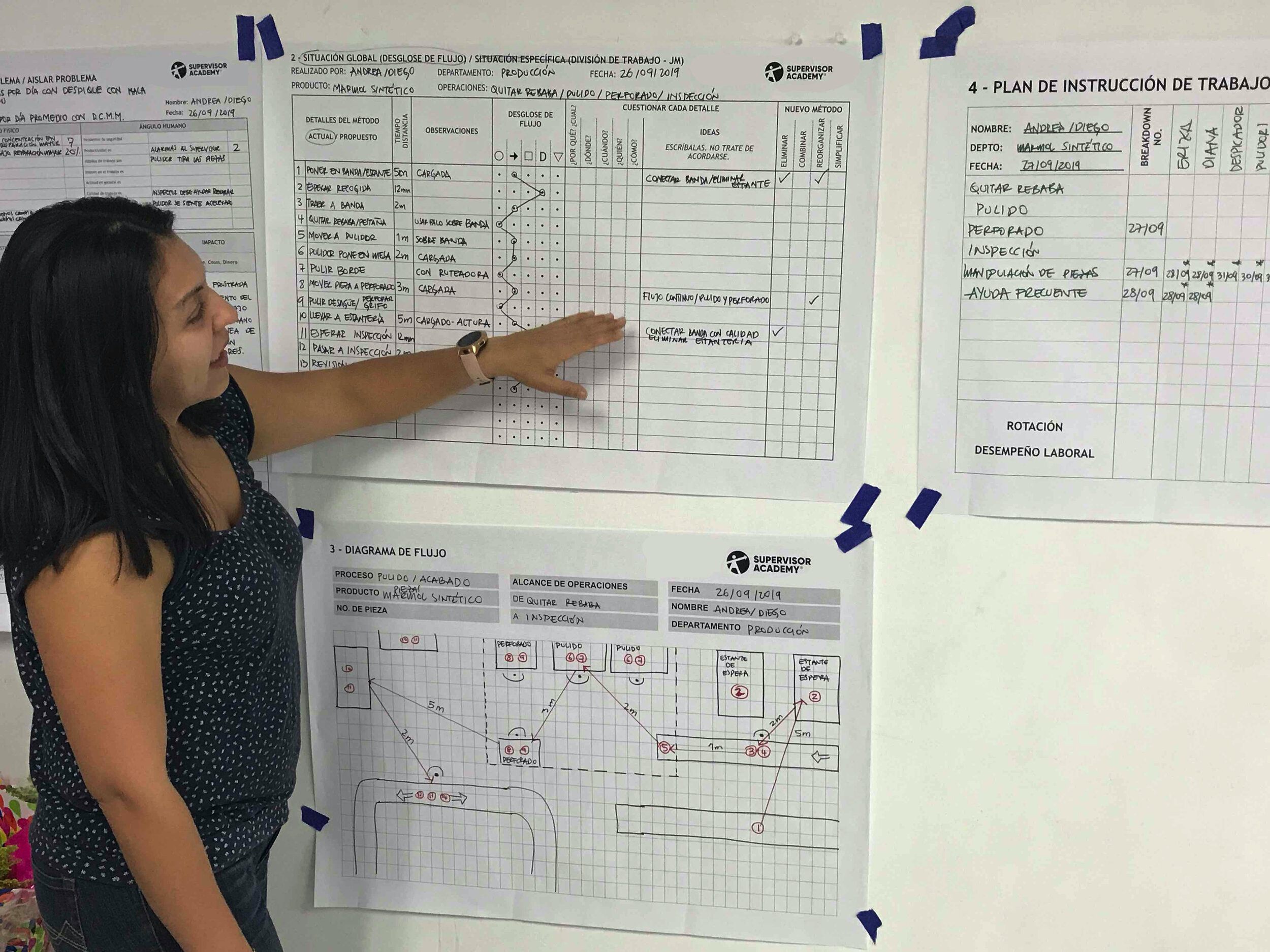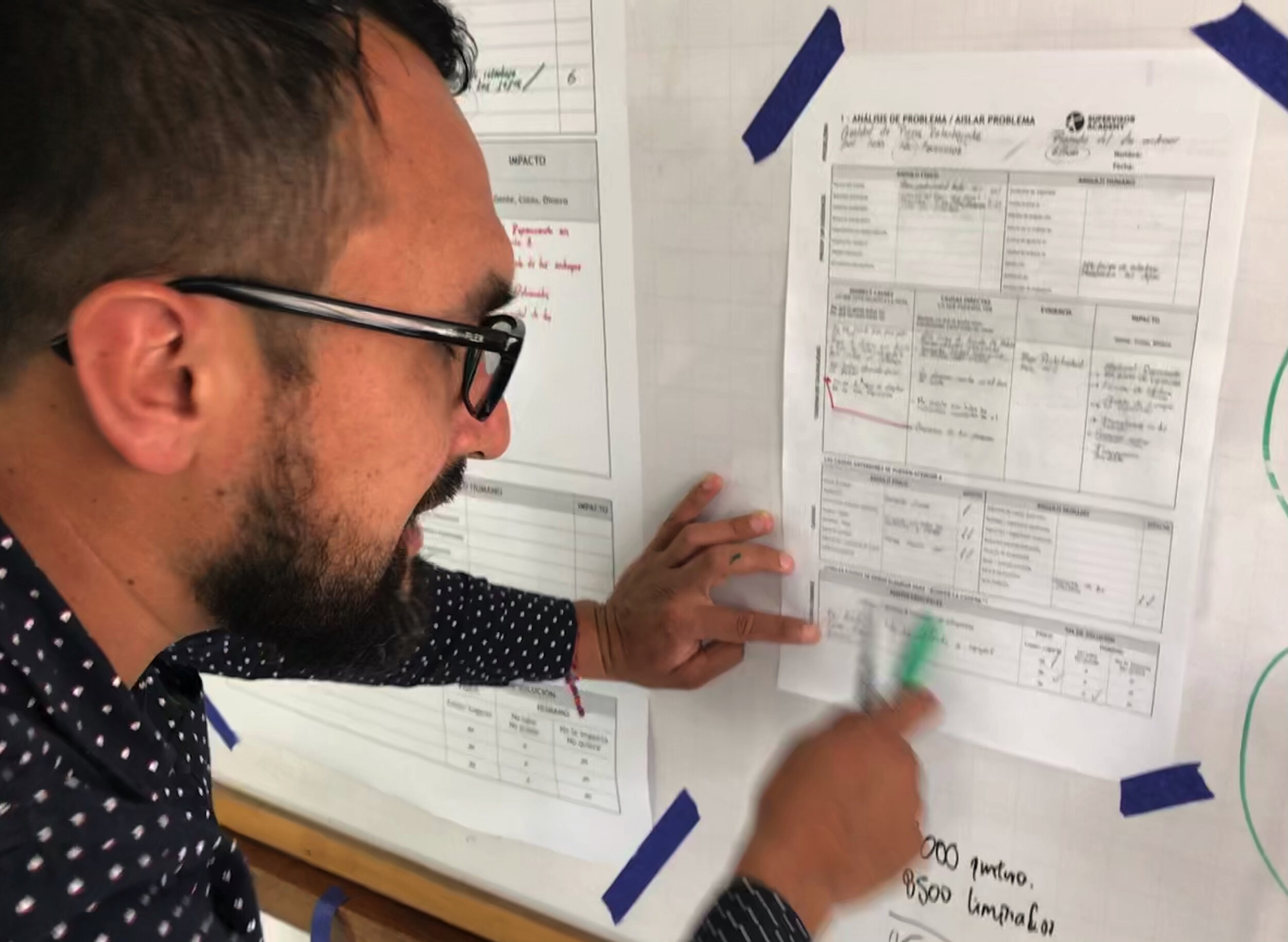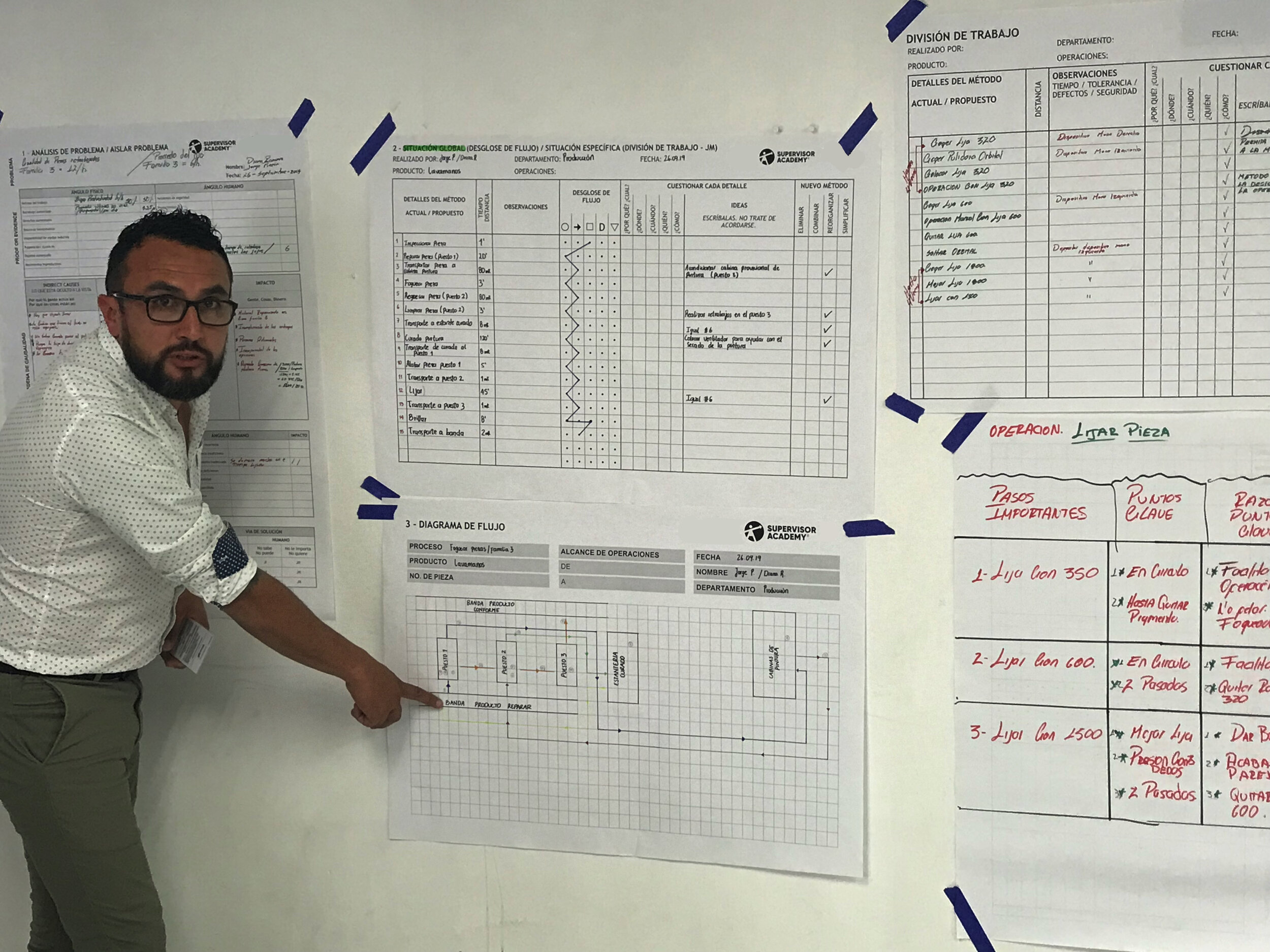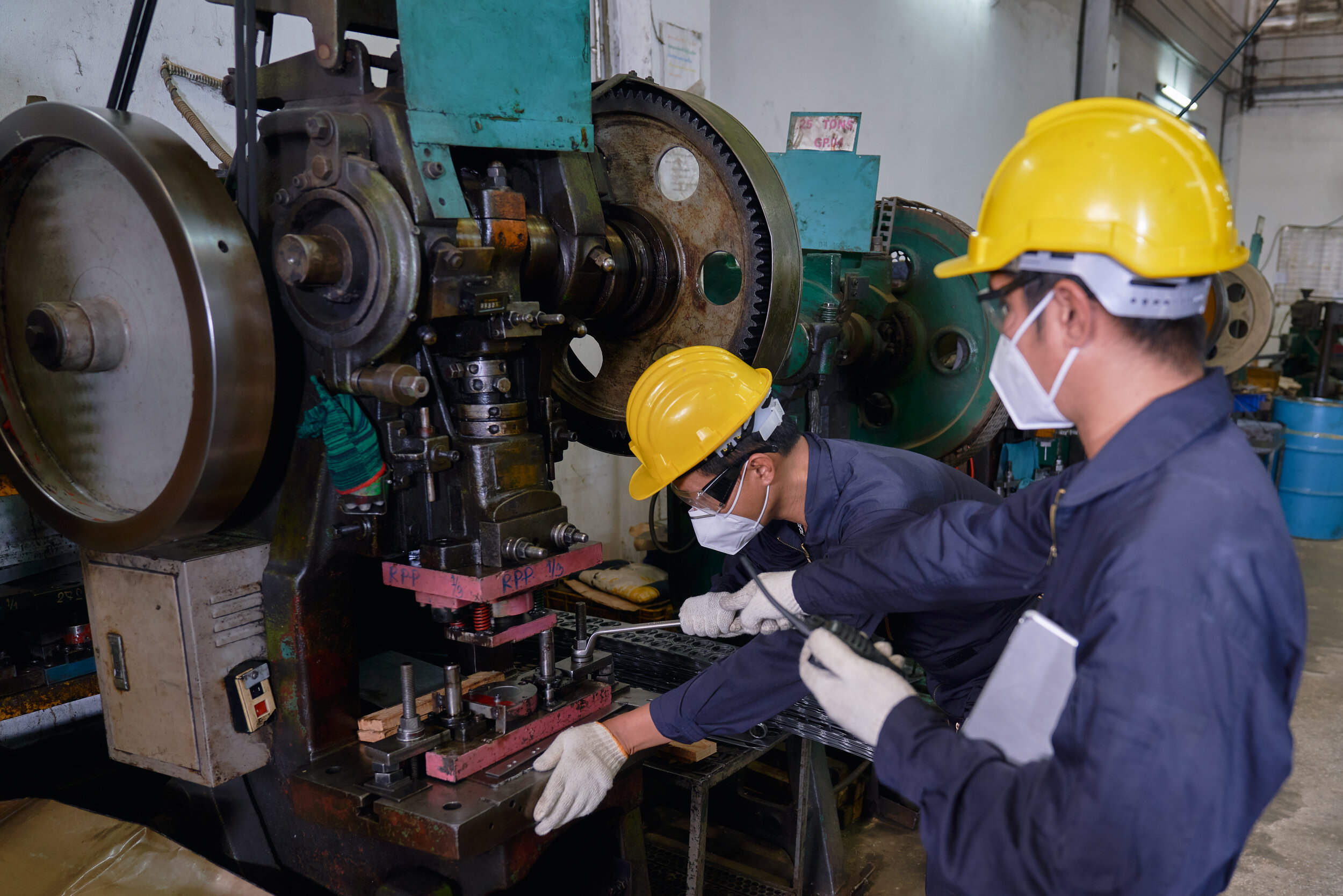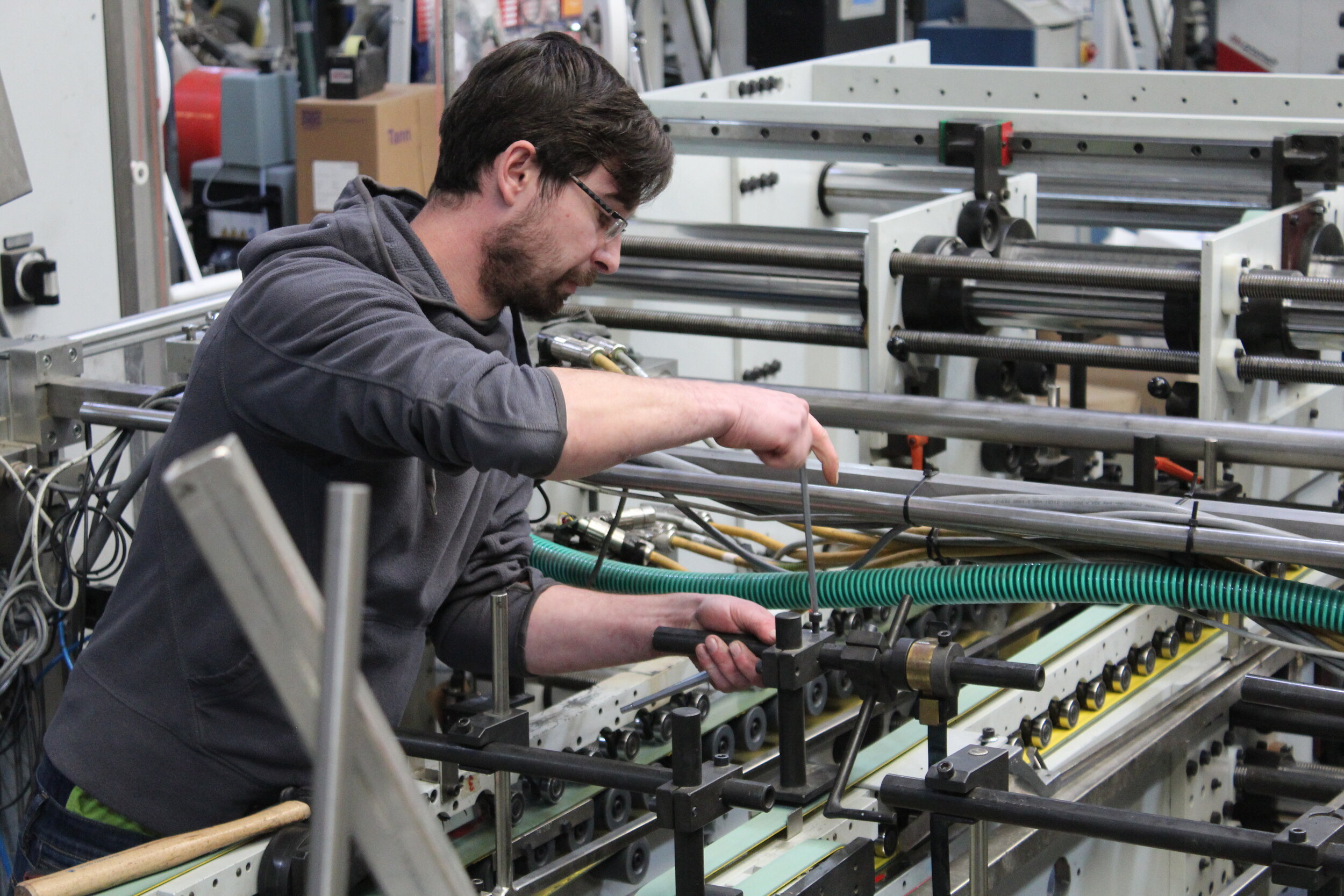Six Sigma training & SIX SIGMA CERTIFICATION - learning to see and fight variation
Six Sigma training develops skill in pinpointing performance problems & squeezing process variation. Understanding variation and knowing how to reduce it to achieve stable, predictable process performance is one of the most critical supervisors skills. Six Sigma training provides the necessary understanding and know-how, and builds the confidence supervisors and managers need to apply powerful Six Sigma tools to their own processes. Six Sigma certification guides them through their first steps of applying Six Sigma skills and techniques, delivering a real impact in Quality, Service Performance and Cost.
SIX SIGMA CERTIFICATION TRAINING ONLINE, LIVE STREAM OR ON-SITE
Business processes experience the ill effects of unsatisfactory variability. Starting with one day then onto the next Process Outputs can quantify adequate to inadmissible Quality, Cost, and Delivery Outputs. Why? Basic, Process Variation.
Solution? An Organization structure created with Six Sigma Black Belt Practitioners will drastically improve both product and service related results. Our Six Sigma Black Belt Online Certification is a practical program that has been designed to make powerful Six Sigma skills accessible to everyone in your organisation.
We focus on practical skills and tools real-life supervisors actually use when managing their processes, rather than bombarding them with complexity and unnecessary theory. With our disciplined focus on practice and application, will furnish all levels of the organisation with a solid understanding and practical devices to quickly go to work and improve process outputs.
Our unique Six Sigma training & certification is available as distance learning or with on-site support to suit and organisation’s needs.
on-site, where our expert trainer work with your teams hands on, on the shop-floor or in the office to improve process performance
live streamed classes with live coaching support online, guiding your teams step by step from developing Six Sigma skills to using them to make an impact
online self-study with coaching support throughout the certification project, to enable busy individuals to complete the training at their own pace
Six Sigma Certification LEVELS: SIX SIGMA BLACK BELT, RED BELT & GREEN BELT
Our Six Sigma Black Belt Curriculum is structured in concise practical levels of 10 hours of class content, each. By completing these levels progressively, supervisors, managers and engineers build powerful skills in bite-sized, digestible steps without being overwhelmed.
Each level builds on the skills and knowledge gained in the previous one and leads to a stand-alone certification. Certification levels available are Six Sigma Green Belt, Six Sigma Red Belt, Six Sigma Black Belt, and Design for Six Sigma Black Belt. This modular learning structure can be individually paced according to the needs of the organisations and the ability of the individual employee. Our Six Sigma certification structure integrates perfectly with companies career path structure and individual development plans.
Level 1 - Six Sigma Green Belt - Graphical analysis, variation reduction and rapid experiments
Level 2 - Six Sigma Red Belt - Design of Experiments (DOE)
Level 3 - Six Sigma Black Belt - Advanced improvement techniques
Level 4 - Design for Six Sigma Back Belt - Powerful optimisation skills for Design and Process Engineers

